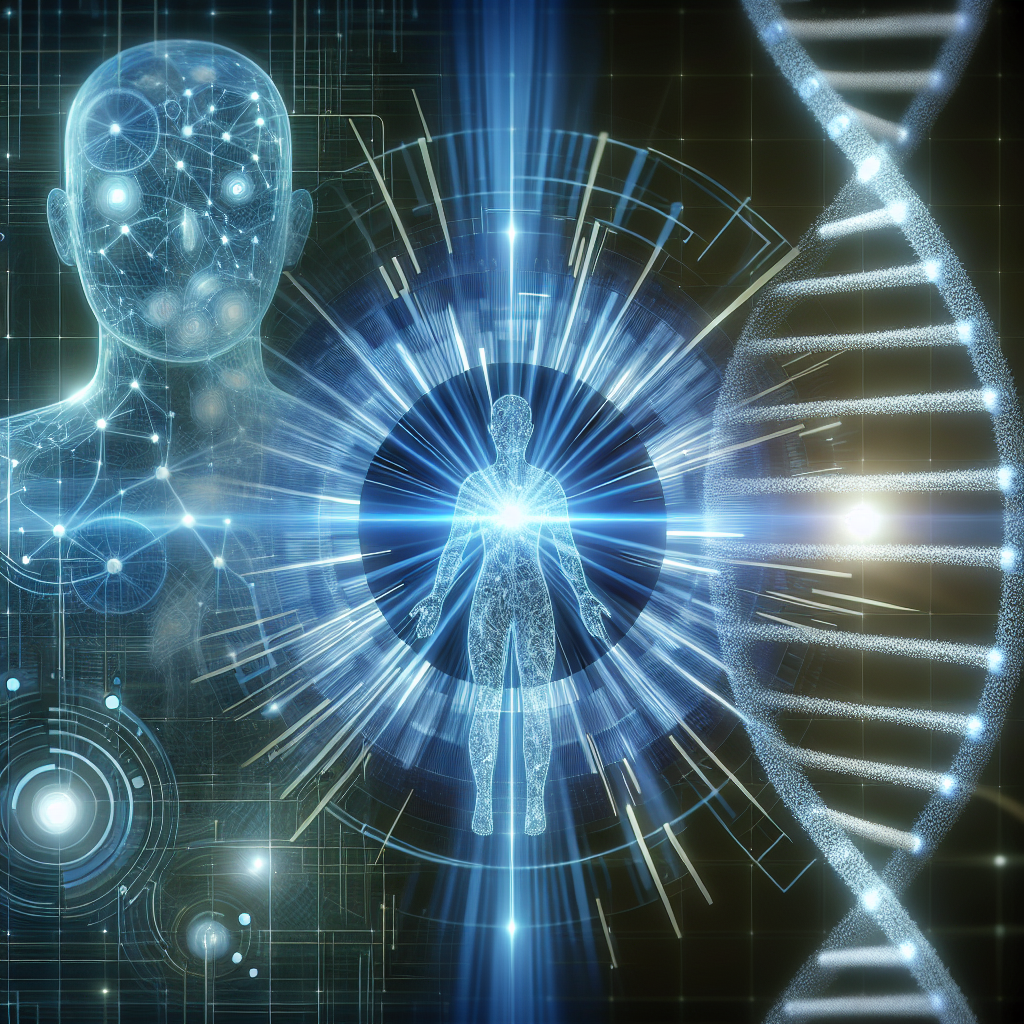Introduction
The swift progression of artificial intelligence (AI) is reshaping the healthcare sector, especially in the area of early disease identification. With its capability to analyze extensive datasets and discern patterns that might escape even the most experienced professionals, AI is emerging as a formidable ally in combating various diseases. This article explores how AI is dismantling obstacles in early disease detection, providing newfound hope for more timely and effective interventions.
Understanding the Importance of Early Detection
Detecting diseases early is vital for enhancing patient outcomes, particularly for chronic conditions like cancer, diabetes, and cardiovascular diseases. The sooner a disease is discovered, the greater the array of treatment options available, resulting in improved chances for successful intervention and recovery. Conventional early detection methods often entail invasive procedures and subjective assessments, which can lead to diagnosis delays, adversely affecting prognoses.
How AI is Shaping Early Detection
1. Data Processing and Analysis
AI algorithms are particularly adept at processing and analyzing large datasets from diverse sources, such as electronic health records (EHRs), genomic sequencing, imaging studies, and wearable technologies. Utilizing machine learning and deep learning methods, AI can uncover subtle patterns and relationships within the data that human analysts might miss.
For example, research indicates that AI can surpass radiologists in detecting tumors in mammograms or identifying lung cancer from CT scans. This ability significantly shortens the analysis time and enhances diagnostic precision.
2. Predictive Analytics
The predictive analytics capabilities of AI enable healthcare professionals to assess disease risk based on individual patient data. By evaluating variables such as genetics, lifestyle factors, and medical history, AI models can generate risk scores that assist clinicians in identifying patients who may benefit from additional testing or preventative strategies.
For instance, algorithms can forecast the likelihood of a patient developing diabetes far earlier than traditional methods could recognize any symptoms, facilitating timely lifestyle modifications.
3. Natural Language Processing (NLP)
Natural Language Processing is another facet of AI that is transforming early disease detection. NLP tools can quickly analyze clinical notes, research articles, and electronic records to extract pertinent information. This functionality helps clinicians pinpoint potential health risks based on a patient’s symptoms or background, thereby streamlining the diagnostic process.
By automating the review of large volumes of documentation, NLP aids in detecting early warning signals of diseases that might otherwise be missed in busy clinical environments.
4. Personalized Medicine
AI fosters the creation of personalized treatment plans tailored to individual patient profiles. By examining genomic information, treatment history, and lifestyle elements, AI can help identify the most suitable interventions customized to the distinct characteristics of each patient. This approach enhances the chances of successful early detection and treatment outcomes.
5. Remote Monitoring and Wearables
Wearable devices infused with AI algorithms are gaining recognition in the field of early disease detection. These gadgets can continuously monitor vital signs and other health metrics, transmitting real-time data to healthcare providers. By evaluating this information, AI can identify anomalies suggesting emerging health concerns, prompting earlier interventions.
For example, smartwatches can track heart rhythms, potentially notifying wearers of irregularities that might indicate cardiovascular issues long before they escalate into severe problems.
Challenges and Ethical Considerations
Despite its potential, the integration of AI in early disease detection encounters several hurdles. Concerns such as data protection, algorithmic bias, and the necessity for thorough validation studies must be addressed to ensure patient safety and equitable access to healthcare. Additionally, the use of AI should not diminish the indispensable role of human clinicians; rather, it should be regarded as a complement to their expertise.
Conclusion
AI is leading the charge in dismantling barriers in early disease detection, providing groundbreaking solutions that enhance diagnostic accuracy, improve patient outcomes, and personalize treatment. As technological advancements progress and ethical issues are navigated, the potential for AI to transform healthcare is enormous. By leveraging the capabilities of AI, we can not only identify diseases earlier but also pave the way for healthier futures for individuals worldwide. The future of medicine hinges on the harmonious partnership of human insight and artificial intelligence, collaboratively addressing health challenges more effectively than ever before.

